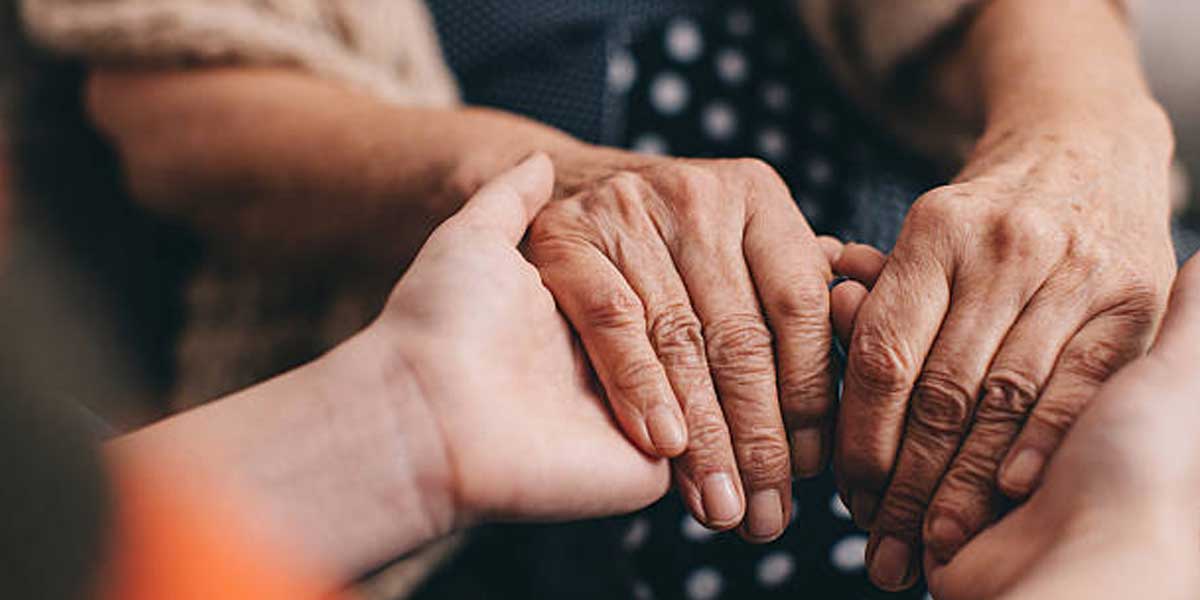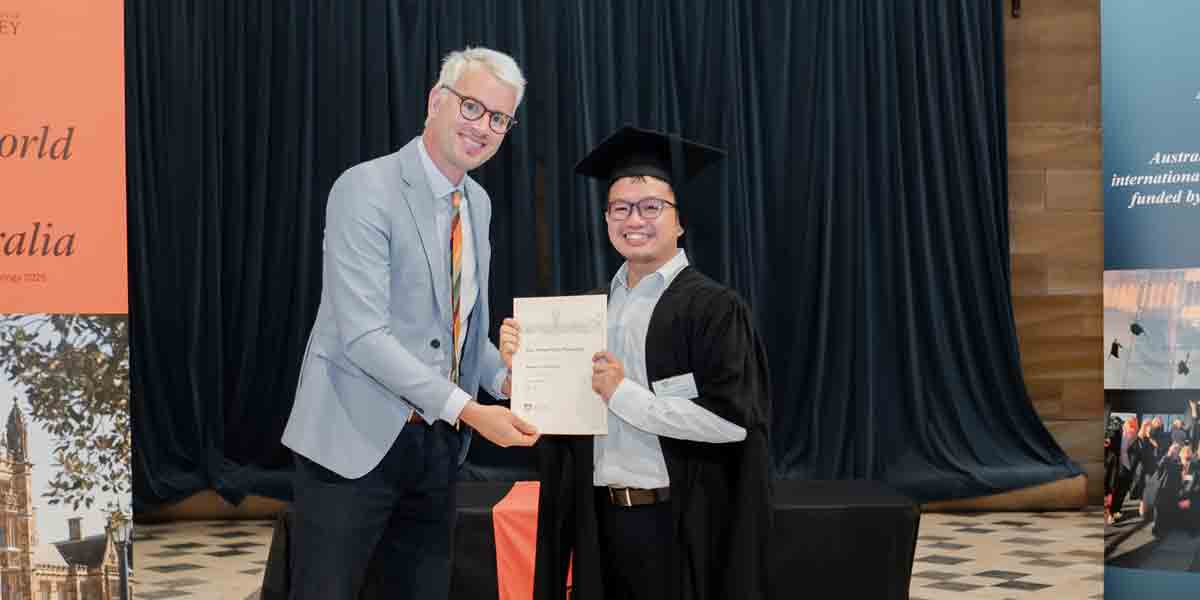By George N. True II
For most people, old age is a time to relax, spend precious time with family and friends, and enjoy life. However, this may not be possible if you’re a woman and have ovarian cancer.
Worldwide, ovarian cancer is the 18th most common cancer, according to the World Cancer Research Fund (WCRF). In 2018, there were about 300,000 new cases globally.
In the United States alone, the American Cancer Society (ACS) estimates that about 21,750 women will have the disease and 13,940 will die from it this year. Overall, the ACS said ovarian cancer ranks fifth in cancer deaths among women and accounts for more deaths than other cancers of the reproductive system.
Common cancer
Here in the Philippines, the Department of Health said the disease is one of the 6 most common cancers. The WCRF added that the country ranks 18th in the list of top 25 nations with the highest rates of ovarian cancer.
As its name implies, ovarian cancer begins in the ovaries. Women have two ovaries located on each side of the uterus. These are as big as almonds and produce eggs (ova) as well as the hormones estrogen and progesterone.
About half of women who have ovarian cancer are 63 years or older, but the disease can occur at any age and is common between the ages of 50 to 60. The Mayo Clinic said it’s not known what causes the condition, although doctors have identified certain risk factors.
Risk factors
Aside from old age, these include inherited gene mutations known as breast cancer gene 1 (BRCA1) and breast cancer gene 2 (BRCA2), people with two or more close relatives with ovarian cancer, and long-term estrogen hormone replacement therapy. Early menstruation and late menopause are other risk factors.
Unfortunately, ovarian cancer is usually undetected until it is difficult to treat. In the early stages where the disease is confined to the ovary, symptoms are rare and are often mistaken for other conditions. These include abdominal bloating or swelling, feeling full quickly when eating, weight loss, changes in bowel habits, and frequent urination.
There’s no way to prevent the disease, but one way to reduce your risk is by taking birth control pills. Discuss this with your doctor if this is right for you since oral contraceptives have certain side effects.
Usual treatments
If you have a family history, consult a genetic counselor who can help determine if you have a gene mutation that makes you susceptible to ovarian cancer. If so, removing your ovaries can prevent the condition. In those with ovarian cancer, surgery and chemotherapy are the usual treatments.
Diagnosing ovarian cancer can be difficult because of the absence of symptoms. The American Cancer Society said two common tests are transvaginal ultrasound (TVUS) and the CA-125 blood test. The former uses sound waves to examine the uterus, fallopian tubes, and ovaries using an ultrasound wand inserted into the vagina. While TVUS can help find a tumor in the ovary, it can’t tell if the tumor is cancerous or not.
The CA-125 blood test, on the other hand, measures the amount of a protein called CA-125 in the blood. Many women with ovarian cancer usually have high levels of CA-125 and monitoring this can help doctors determine if the recommended treatment is working or not.
Problems with testing
But there are problems with this test mainly because high levels of CA-125 can also be caused by common conditions like endometriosis and pelvic inflammatory disease. Besides, not everyone with ovarian cancer has a high CA-125 level.
Hopefully, researchers may come up with better ways to detect the disease and save more lives. One promising lead comes from a Filipino-led biotech company that has raised more than P2 billion for ovarian cancer research and immuno-oncology (the study and development of treatments that use the body’s immune system to fight cancer).
This good news comes from InterVenn Biosciences, whose founders include Aldo Carrascoso and Dr. Carlito Lebrilla, two Filipinos who have made waves in technology and medicine in the United States.
The latest round of fundraising was led by Anzu Partners with the full participation of Genoa Ventures, Amplify Partners, and True Ventures. Xeraya Capital and the Ojjeh Family have contributed as well. Among others, the funds will be used to commercialize the company’s glycoproteomics-based diagnostic test for ovarian cancer.
How glycoproteomics works
Glycoproteomics is a branch of proteomics (the study of proteins and their functions) that identifies, catalogs, and characterizes proteins that contain carbohydrates. Glycosylation is the controlled enzymatic modification of a protein by adding a sugar molecule. This is found in over 50% of proteins and is considered an important modification.
The development of a tumor can change protein glycosylation patterns and can help in early cancer diagnosis and monitor disease progression. For this reason, glycoproteomics is widely used to discover and diagnose cancers of the breast, lung, stomach, and ovaries.
“We are looking to end the calendar year with more milestones under our belt, and we believe the P2 billion we have raised will help us lay the groundwork for our cancer research program,” Carrascoso said.
“Our research and clinical partners continue to be astounded by the type of data we have generated and are bullish about the work we do together, even with all the challenges that this year has presented to everyone globally. We intend to create an environment for the immediate use of glycobiology in the clinic and research laboratories,” he added.
To further its research, the company has expanded its office and laboratory in South San Francisco and has a dedicated team in Ortigas Center, Pasig.
Looking for a cancer cure
Since they founded InterVenn, Carrascoso and Lebrilla have focused on a singular goal: to utilize next generation glycoproteomics, instrumentation, and deep machine learning to diagnose cancer at its earliest stage and find a cure for the Big C.
Meanwhile, the company’s first international clinical trial, V.O.C.A.L. (InterVenn Ovarian CAncer Liquid biopsy) to distinguish malignant pelvic tumors from benign ones, has been progressing in a number of centers across the world, including the Philippines. It is currently looking for patients to join the trial being conducted at the Philippine General Hospital, National Kidney and Transplant Institute, and The Medical City. Interested parties can visit https://vocal.ph and fill out the necessary forms.
For questions, email georgenavatrue@yahoo.com.






















